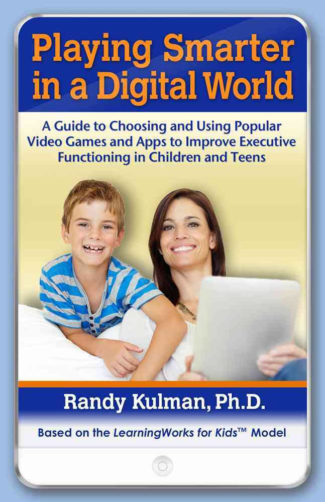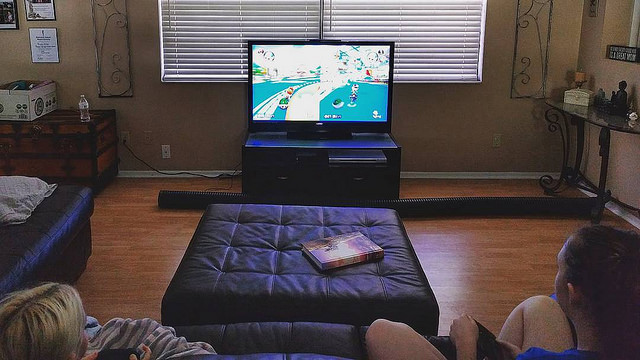The end of February means vacation time for most public school students. As a parent, you want to keep your kids busy, having fun, and being somewhat productive. But many kids, especially those who live in colder climates, might be perfectly happy to curl up inside with their phone, laptop, or tablet. If allowed to, they could play video games, watch YouTube videos or go on social media all day long. Please, don’t let your kids do it!
While it’s fine to let kids have more tech time during vacations, it’s also an opportunity to do something else besides stare into a screen. I generally recommend that parents allow 50-75% more screen time on vacations, as long as they are getting proportionately more time for other forms of play. Tech time can keep kids occupied, allow parents a bit of breathing room, and be an opportunity for kids to connect with their siblings and peers. After all, vacations are about having more time to play. But vacations are more than unlimited screen time and unrestricted digital play.
If you are on board with allowing extra screen time during vacations, inform your kids that this bonus time is your decision and that they will engage in a variety of activities besides screen time during their break from school. Create an expectation that your child will engage in a healthy and balanced Play Diet that makes a vacation a source of energy and revitalization for kids and parents. You may need to provide chauffeuring, funding, and your own time to get your kids away from screens and involved in other activities, but it is worth it.
Here’s what you need to know about setting screen time limits over vacation, and generally helping your kids establish a healthy Play Diet:
A Play Diet describes a balance of the various types of play activities (social, active, creative, digital, etc.) in a child’s daily routine.
Why it is so important? Because play is so vital for children’s development, a healthy Play Diet is a powerful tool for your child’s physical, mental, social, and emotional health. In the digital world, play diets help parents to balance technology use with other important play activities.
How does it help children? How doesn’t it? From ensuring that your child has regular exercise, to making time for creative pursuits, to balancing peer vs. family activities, to optimizing learning and fun while playing video games or exploring the Internet.
Following a healthy Play Diet is quite similar to making sure we eat a variety of good, nutritional food. The key to good nutrition is not just to eat organic foods or lots of vegetables: it is almost universally described in terms of balance and moderation. The same principles hold true for a healthy Play Diet.
Just as with nutrition, too much of a good thing, even beans or broccoli, may cause unanticipated side effects undermine one’s health. Too much of one type of play, even something universally considered to be a positive form of play such as creative or physical play, also tends to leave less opportunity for growth in other areas.
Vacations allow parents and kids more freedom in their activities. As a result, they are an ideal time to promote a healthy and balanced Play Diet for your child. They can get enough of that screen time they yearn for, while at the same time you can help them to understand and enjoy the other types of play that will make them into a well-balanced healthy person with a variety of interests and strengths that are so vital for success and happiness in the 21st century.
 I encourage you to learn more about a healthy Play Diet from my book, Playing Smarter in a Digital World. You will be able to learn about the importance of physical, social, unstructured, and creative play for your child and how to make it happen in a world dominated by screens.
I encourage you to learn more about a healthy Play Diet from my book, Playing Smarter in a Digital World. You will be able to learn about the importance of physical, social, unstructured, and creative play for your child and how to make it happen in a world dominated by screens.
Playing Smarter in a Digital World: A Guide to Choosing and Using Popular Video Games and Apps to Improve Executive Functioning in Children and Teens
Featured image: Flickr user Robert Nelson




